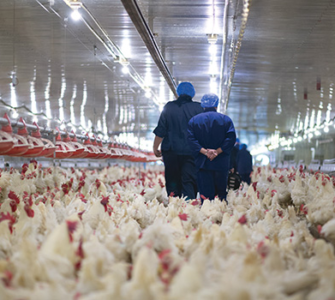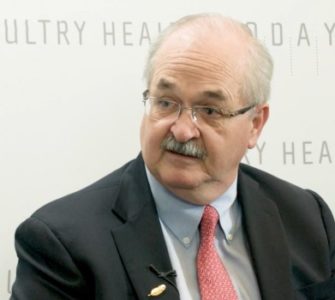Poultry veterinarians facing new challenges with NAE trend, food safety guidelines
The “no antibiotics ever” (NAE) production movement has helped to reduce antibiotic use in poultry.
Even so, veterinarians need to make sure the pendulum doesn’t swing so far they have no antibiotics left to manage disease in flocks, cautions Suzanne Dougherty, DVM, poultry veterinary consultant and executive vice president of the American Association of Avian Pathologists (AAAP).
Dougherty emphasized that veterinarians feel strongly about using antibiotics judiciously — specifically, when veterinarians determine they’re needed for disease treatment or prevention.
The AAAP is working to help consumers understand there’s a place for antibiotics in poultry production, and live-production veterinarians are constantly communicating this message to their customers. The AAAP also communicates with legislators in Washington, DC, and meets with the FDA and USDA to make its presence known.
Veterinarians can help further reduce Salmonella and Campylobacter during live production and at the processing plant, and they can provide a communication bridge between these two production phases. In turn, this will help producers meet new USDA standards for the two pathogens, Dougherty said, noting that over the past 10 years, the industry has already greatly reduced Salmonella levels.
Posted on October 6, 2017
















